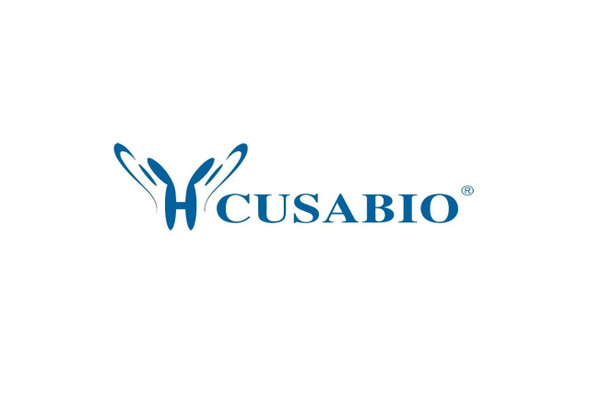Cusabio Polyclonal Antibodies
TRIP10 Antibody, Biotin conjugated | CSB-PA624029LD01HU
- SKU:
- CSB-PA624029LD01HU
- Availability:
- 3 to 7 Working Days
Description
TRIP10 Antibody, Biotin conjugated | CSB-PA624029LD01HU | Cusabio
TRIP10 Antibody, Biotin conjugated is Available at Gentaur Genprice with the fastest delivery.
Online Order Payment is possible or send quotation to info@gentaur.com.
Product Type: Polyclonal Antibody
Target Names: TRIP10
Aliases: Cdc42-interacting protein 4 (Protein Felic) (Salt tolerant protein) (hSTP) (Thyroid receptor-interacting protein 10) (TR-interacting protein 10) (TRIP-10), TRIP10, CIP4 STOT STP
Background: Required for translocation of GLUT4 to the plasma membrane in response to insulin signaling (By similarity) . Required to coordinate membrane tubulation with reorganization of the actin cytoskeleton during endocytosis. Binds to lipids such as phosphatidylinositol 4, 5-bisphosphate and phosphatidylserine and promotes membrane invagination and the formation of tubules. Also promotes CDC42-induced actin polymerization by recruiting WASL/N-WASP which in turn activates the Arp2/3 complex. Actin polymerization may promote the fission of membrane tubules to form endocytic vesicles. Required for the formation of podosomes, actin-rich adhesion structures specific to monocyte-derived cells. May be required for the lysosomal retention of FASLG/FASL.
Isotype: IgG
Conjugate: Biotin
Clonality: Polyclonal
Uniport ID: Q15642
Host Species: Rabbit
Species Reactivity: Human
Immunogen: Recombinant Human Cdc42-interacting protein 4 protein (276-486AA)
Immunogen Species: Human
Applications: ELISA
Tested Applications: ELISA
Purification Method: >95%, Protein G purified
Dilution Ratio1:
Dilution Ratio2:
Dilution Ratio3:
Dilution Ratio4:
Dilution Ratio5:
Dilution Ratio6:
Buffer: Preservative: 0.03% Proclin 300
Constituents: 50% Glycerol, 0.01M PBS, pH 7.4
Form: Liquid
Storage: Upon receipt, store at -20°C or -80°C. Avoid repeated freeze.
Initial Research Areas: Cell Biology
Research Areas: Epigenetics & Nuclear Signaling;Cancer;Cell biology;Signal transduction






